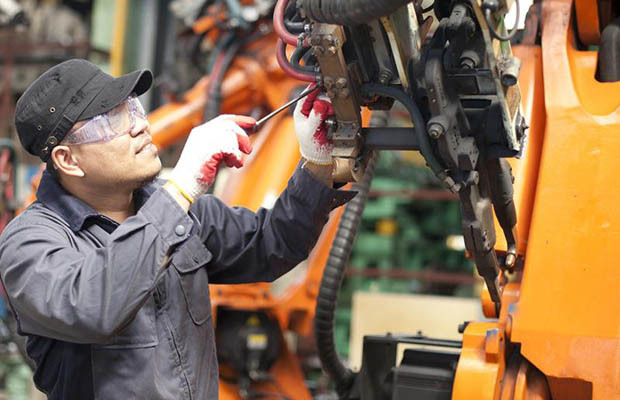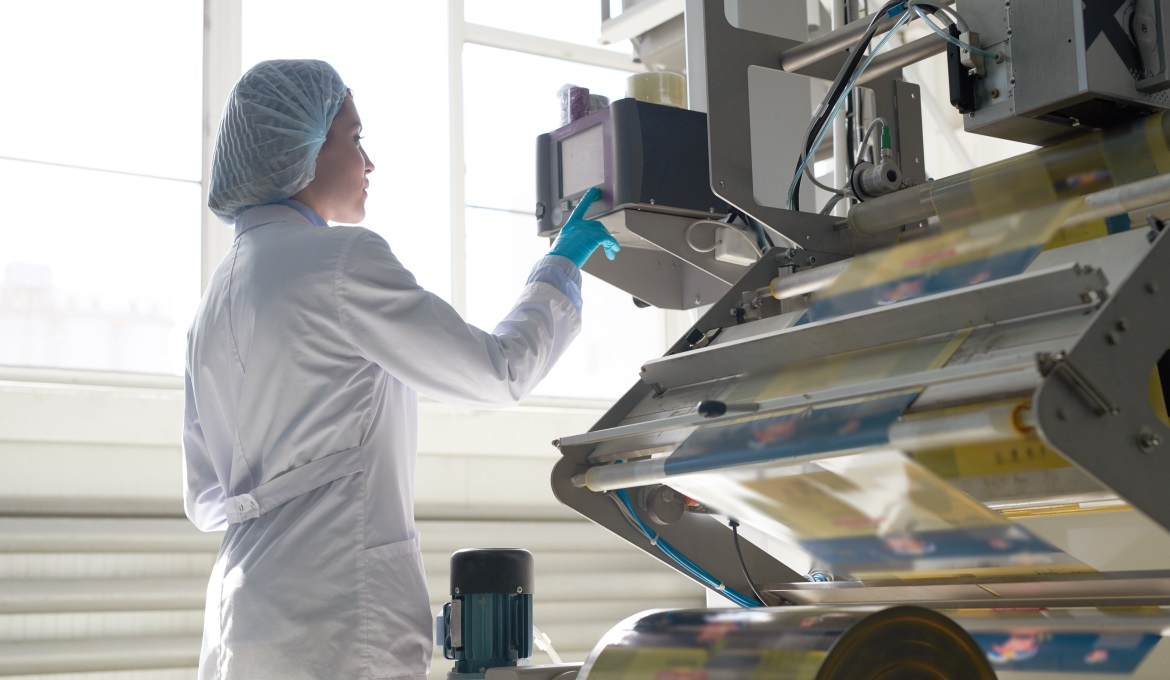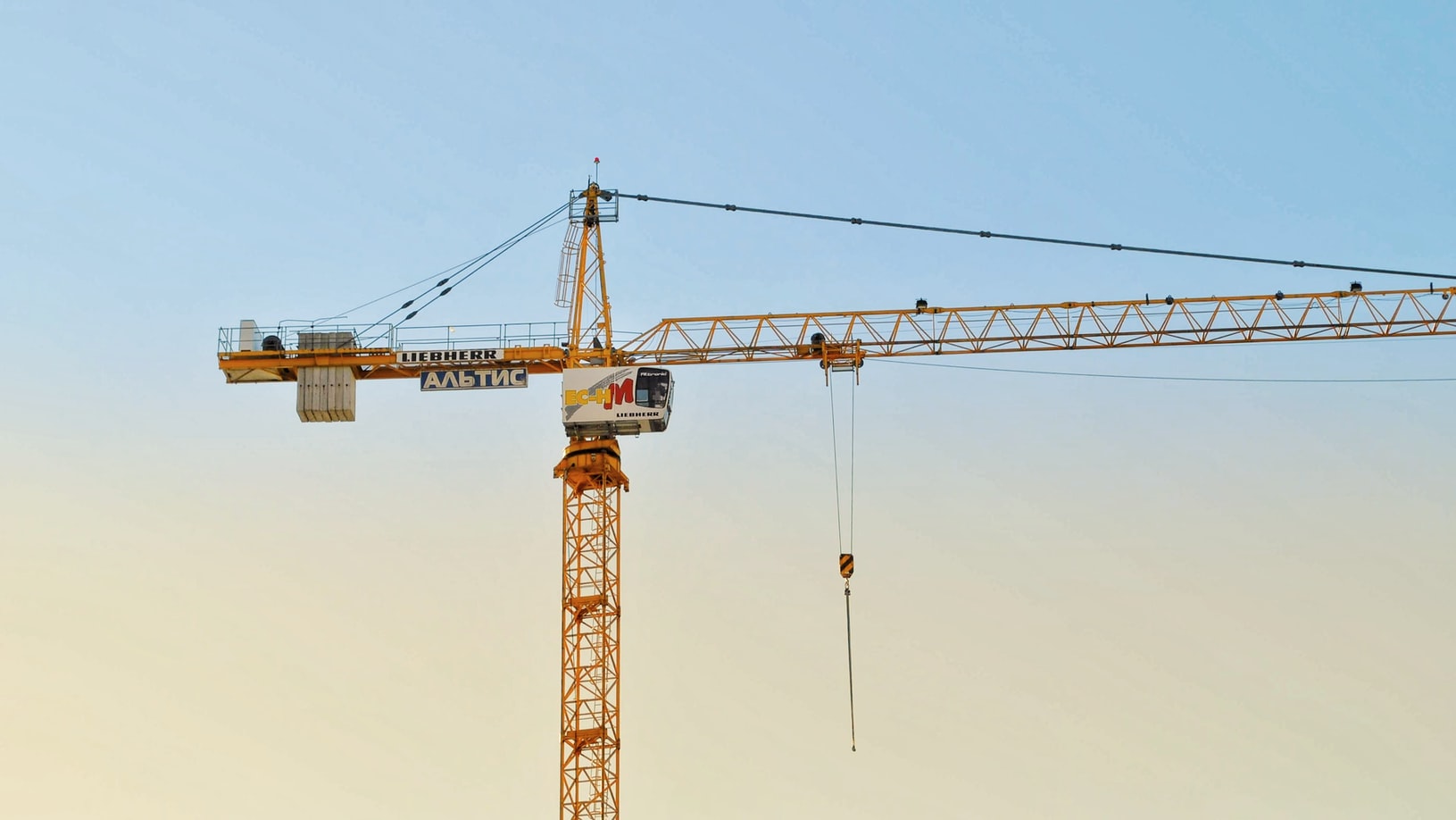Preventive maintenance is maintenance performed routinely and regularly on physical assets to lessen the chances of the following:
- Equipment failure
- Unplanned machine downtime
Once these issues happened, it could be costly for facility managers and maintenance teams. Effective preventive maintenance is scheduled and planned based on real-time data insights. The task is performed while the equipment has an ongoing operation to avoid breakdowns. A preventative maintenance strategy is a common approach that falls between:
- Reactive maintenance
- Predictive maintenance
You can build your own maintenance schedule. You must plan for it.

Why is it important?
Maintenance is essential because it serves as the foundation for successful facility management. These are the reasons why equipment maintenance is important:
- It keeps the assets and equipment running efficiently.
- It maintains a high safety level for the employees.
- It helps avoid costly and large repairs down the road.
Overall, the properly functioning maintenance program guarantees operational disruptions keep to a minimum.
Why it needs a schedule?
Having a schedule helps organize and prioritize maintenance tasks for the maintenance technician creates the best working condition, and extends the lifespan of the equipment. By conducting regular maintenance, the equipment is guaranteed to operate safely and efficiently. Maintaining a schedule is very difficult when dealing with several pieces of equipment. So, maintenance personnel uses software to organize maintenance task.
The types of preventative maintenance
There are three types of preventative maintenance:
- Time
- Usage
- Condition-based
The variation of these types must prevent unplanned failure. Manufacturers usually provide recommendations on how good to maintain equipment. The maintenance team schedules maintenance using the right types of maintenance.
- Time-based
- Usage-based
- Condition-based
When to use it?
The exact time when using the maintenance varies depending on the equipment and how it performs the operation. You should follow the manufacturer’s guidelines to determine maintenance schedules and inspections, so assets don’t run to failure. When creating a maintenance schedule helps ensure proactive maintenance rather than sorting to expensive reactive maintenance if the equipment had started to fail unexpectedly.
Examples of preventative maintenance
Common examples of preventive maintenance tasks are regular cleaning, lubrication, replacement of parts, and equipment repairs. Preventive maintenance will have to be schedules, as requirements differ, depending on the equipment being maintained. Some examples of maintenance tasks are
- Ensuring equipment in production is working properly
- Checking HVAC
- Water and electrical systems checking
All these are covered under the maintenance tasks. So, anything for maintenance must be planned and scheduled first. Equipment or asset should be checked and properly maintained, to maintain their function and prolong their lifespan. These are the only ways to protect your asset from getting damaged easily and to determine possible problems earlier to avoid affecting productivity and to keep everyone safe. Equipment or machinery is one of your assets that needs to be maintained.





